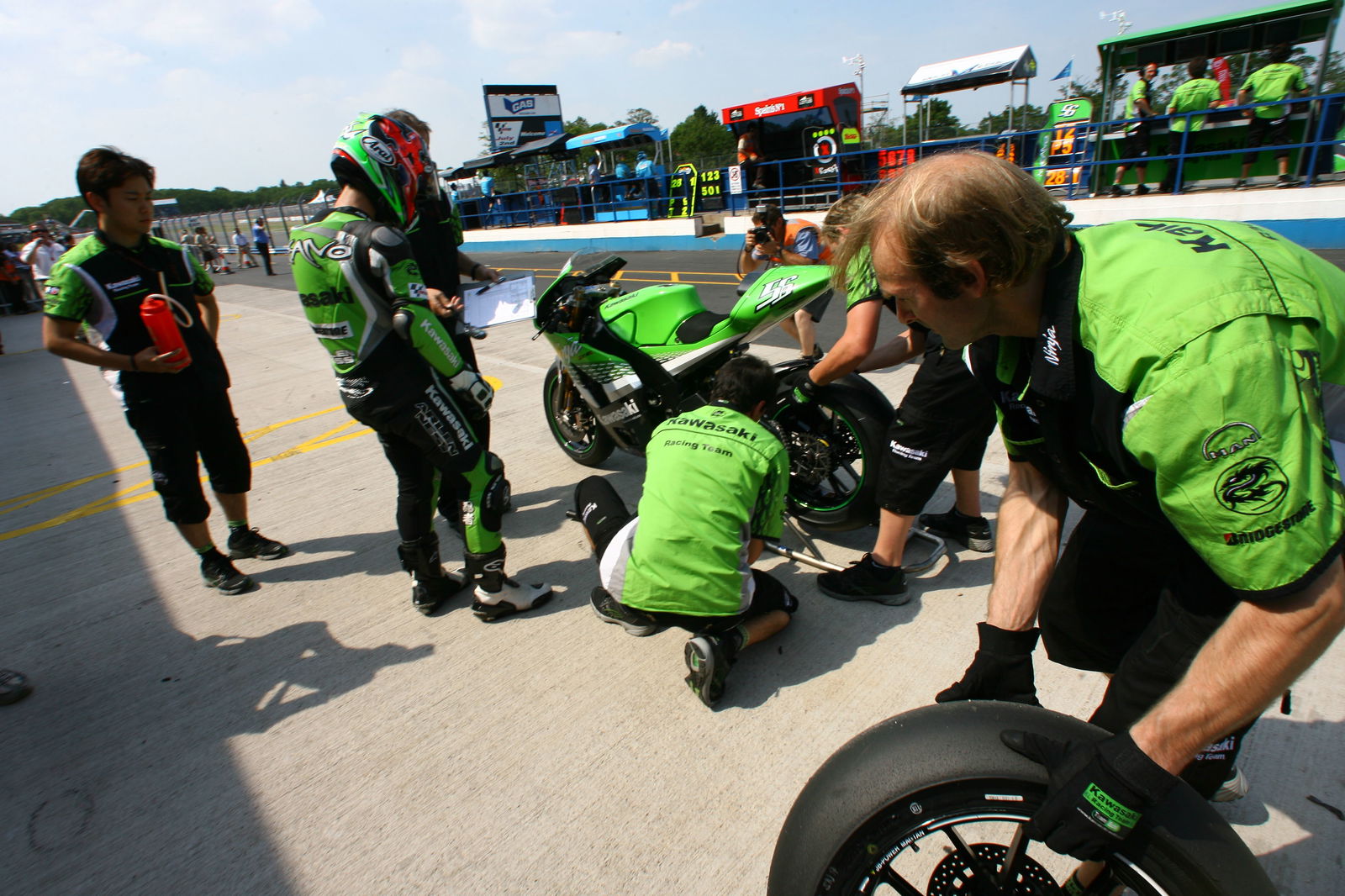Bridgestone hails new MotoGP tyre regulations.
Bridgestone has hailed the new MotoGP tyre regulations, drawn up after discussions between all three manufacturers, as a 'significant milestone' which will help 'reduce costs and preserve healthy competition'.

Bridgestone has hailed the new MotoGP tyre regulations, drawn up after discussions between all three manufacturers, as a 'significant milestone' which will help 'reduce costs and preserve healthy competition'.
The most significant of the new tyre regulations is a limit on the number of slick tyres a manufacturer can bring and use during a GP weekend. Manufacturers who have scored at least two victories in dry conditions since the start of 2005 - meaning Michelin and Bridgestone - will be subject to a limit of no more than 31 slick tyres per rider, 14 front and 17 rear, for the duration of the race weekend. There will be no limit on the number of wet tyres.
The number of dry tyres has been unlimited for all manufacturers up to now, so this new limit will alter the approach tyre manufacturers and teams adopt ahead of each race. However, riders using Dunlop tyres - which haven't won a race since the start of 2005 - will have no restrictions until they win two dry races. This 'two win rule' will also apply to any new future tyre manufacturers.
"A significant milestone was reached during the British Grand Prix in Donington back at the start of July, when all three tyre companies participating in MotoGP - Michelin, Dunlop and Bridgestone - all reached a mutual agreement and jointly signed a proposal on tyre regulations from the 2007 season," explained Bridgestone's motorcycle racing manager Hiroshi Yamada. "This proposal was submitted to Dorna for subsequent discussion with the GP Commission. Bridgestone is pleased that this joint document has been taken into consideration to implement a series of positive tyre regulations starting from next season.
"The driving force behind these regulations has been primarily to reduce costs and to enable a healthy competition to prevail between tyre manufacturers in MotoGP for the future. A reduction of tyre quantities for each race weekend will reduce production and logistic costs, while the planned testing limit will also place a greater premium on our race weekend preparation, as we will have fewer tyre alternatives at our disposal for the GP. Bridgestone will relish this extra challenge from next year, which should also further enhance the overall competition between teams and riders, particularly in light of the new 800cc era.
"Finally, a big thank you must go to Mr. Jeremy Ferguson (Dunlop) and Mr. Nicolas Goubert (Michelin) for the efforts that they both put into drafting the proposal and to Mr. Carmelo Ezpeleta (Dorna) and Mr. Takanao Tsubouchi (MSMA) for their support and guidance throughout," he concluded.


